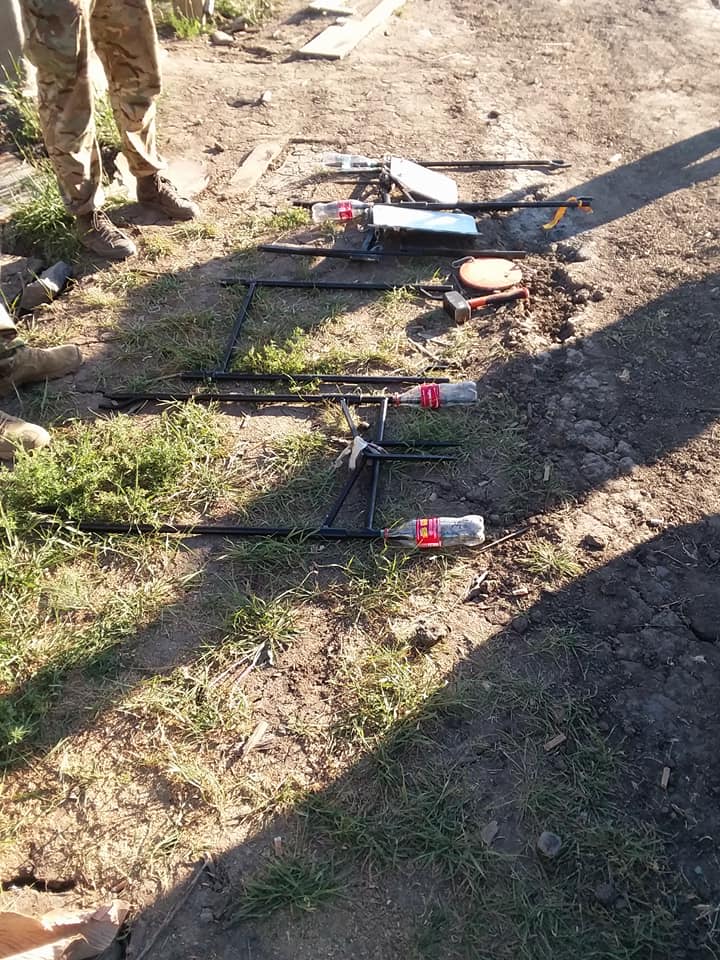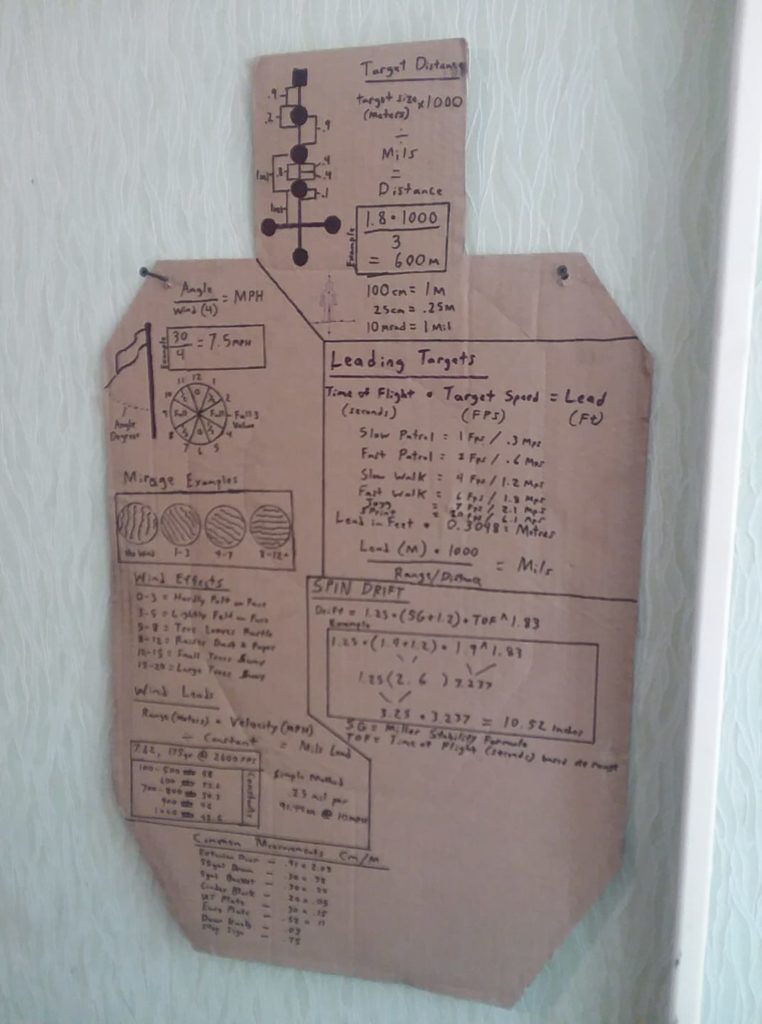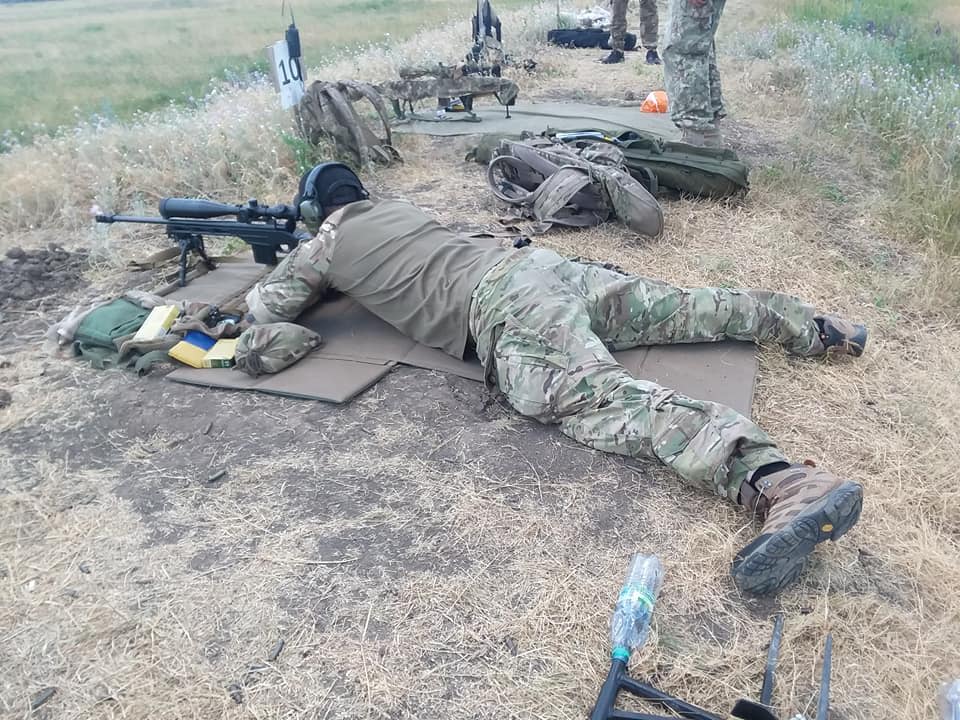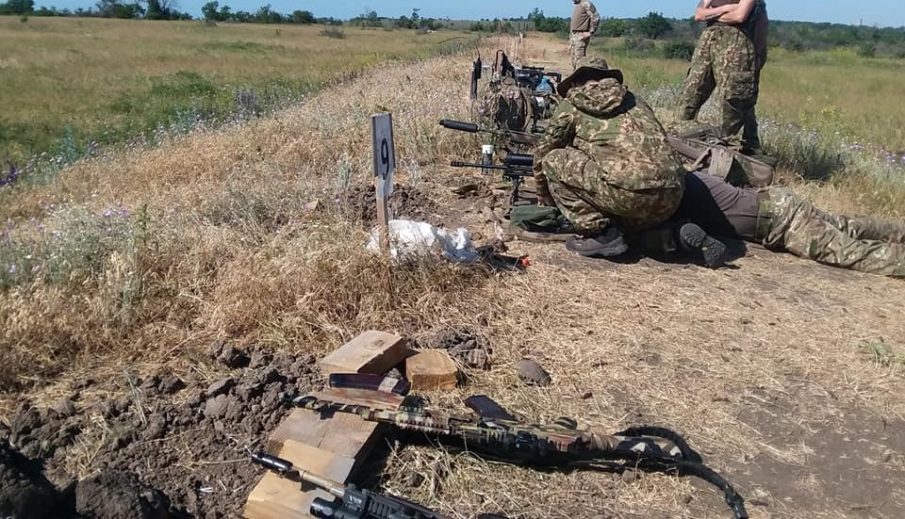Read part one here.
Following our initial introduction and preliminary course of fire on the first day, the overall course structure was roughly laid out and presented to us, as students attending the sniper training. It was a course that consisted of a focus on marksmanship principles with long distance application paired with camouflaging and target stalking exercises. This was great because it sort of encompasses some of the skill sets required and utilized by a small reconnaissance element, so we already had some partial experience. Many of our fellow students, we had already brushed shoulders with while operating forward of our respective friendly lines. We would creep between outposts through dense brush and abandoned houses, occasionally meeting a pair of shooters equipped with long-range precision equipment. Their steely eyes watching us carefully as we progressed through their “territory”on the way to an objective.

Of course marksmanship is huge in any sniper school and my Marine Corps background and affinity for shooting in general gave me a big head-start here. Even as a basically trained Marine, we are expected to accurately engage targets out to 500 meters, with iron sights (in my time) on an M-16 service rifle. Most people will tell you that adding an optic, a free floated barrel and hair-trigger to that equation equals a dangerous marksman. During the sniper course we practiced a constant refinement of the basic fundamentals of marksmanship; grip, stance, sight alignment, sight picture, trigger manipulation, and follow through. Without these all being applied together, your shooting is generally shit; except for maybe stance, but that’s at an advanced level.

We later moved out to a bigger range with a far greater potential for long distance shooting, it was close to 1000 meters at the farthest steel plate. We would generally warm-up with an easy 300 meters and a good zero confirmation point at that. We would slowly work out to farther targets from there. We practiced using our physical math, ballistic programs and various tools like the protractor, calculator and wind reader. Of course we had range finders and understood how to read wind-flags, but we had a known target size and mil-dot reticle, so easy day.

The 800 meter (821 technically, whatever; slightly different ballistically) shot was a very big moment because not only was it farther than I had regularly shot but I knew I was being heavily scrutinized as a (supposedly capable) foreigner by my peers and the instructors who were NATO-trained snipers. I had no doubt that they were giving updates to the regimental command on our level of competency throughout the course.
I squatted down and kicked my legs out at the firing line while bringing my rifle to bear in the pocket of my shoulder. I loaded my weight into it, wedging the feet of the bi-pod into the edge of my shooting mat. My cheek rested firmly on the stock as I ensured my eye relief was correct. Adjusting my body, I placed it in a way so that I acquired my target and my natural point of aim in-line with it simultaneously. Exhaling, I squeezed the sand bag nestled under the rear of the stock so that my desired point on the reticle, just below the crosshairs’ intersection, rested centered on the steel plate down range. I shut my eyes and casually took a deep breath then exhaled to the point I started at. When I opened my eyes, I saw a white steel plate squared up with the reticle accordingly; perfect. I slide the bolt forward and down, chambering a round, before returning my finger to the trigger guard in preparation.

I began the process by taking several natural breaths while mentally preparing to make my shot. Finally when I was ready I exhaled and stopped at a natural pause, holding my breath. I began the careful process of moving the trigger rearward in a slow and steady motion. I subconsciously counted to ensure I didn’t over hold my breath as the trigger broke and the rifle cracked off. The glass blurred momentarily as I watched for a vapor trail and target impact. “One one-thousand, two…” I counted in my head just before the plate snapped and flopped rearward from a positive impact. My spotter, Joey, informed me, “hit” before a faint tink was heard shortly thereafter, resonating from the plate and confirming the call. Exhaling, I released the trigger and cycled another round with the bolt.
Already have an account? Sign In
Two ways to continue to read this article.
Subscribe
$1.99
every 4 weeks
- Unlimited access to all articles
- Support independent journalism
- Ad-free reading experience
Subscribe Now
Recurring Monthly. Cancel Anytime.
I cleared the weapon out and hopped to my feet, stretching out as I did. Match-grade quality ammunition is scarce in Ukraine and even more expensive, so we spread our shots out during training. The instructor seemed extremely pleased with my performance and I won’t lie, but I was a little cocky about it, or at least felt like I was. I smiled and shrugged it of as if I do it everyday, before fist-bumping Joey and stepping back to smoke a cigarette, feeling pleased with myself. We were doing quite well overall and it had earned us some respect as well as the right to conversations in broken English with our fellow shooters.
Later the regimental commander would stop to speak with us outside the field kitchen. We discussed weapons and tactics paired with war stories; some funny and some intense. It was then that he asked if we had received previous training as sharpshooters and told us that the lead instructor had told him good things. This was icing on the cake, if you remember to my previous article, because I was planning on attempting to acquire the recon platoon a decent bolt-action rifle rather than an SVD. The commander would be the main guy to push this request through and it was reassuring that he would have this in mind when the request was made.
As I spoke of earlier, making a great shot whether long or short-range only requires perfected application of the marksmanship fundamentals. Anyone can shoot at an expert level, they just need to apply this formula correctly and from that point forward it’s improved upon through repetition. If you want to shoot well it’s simple, study and practice often.













